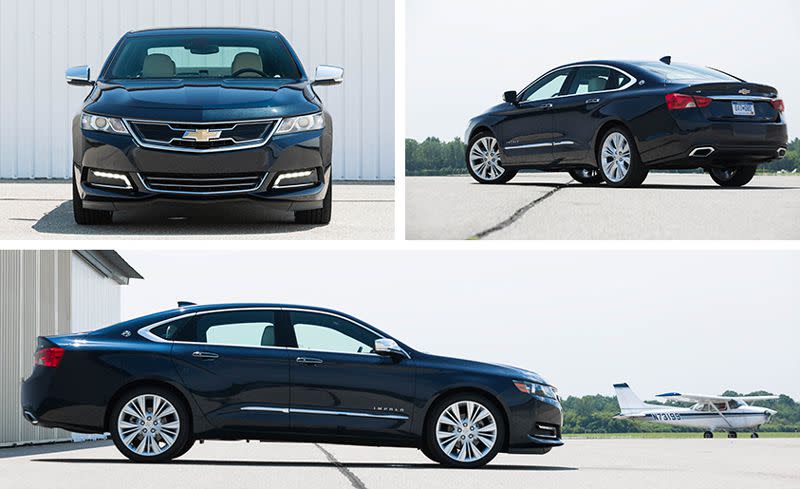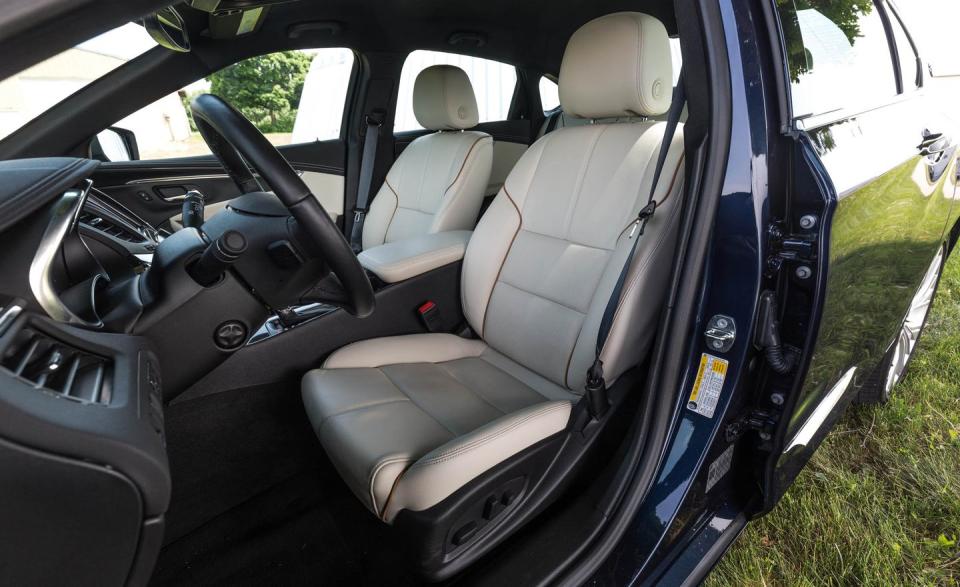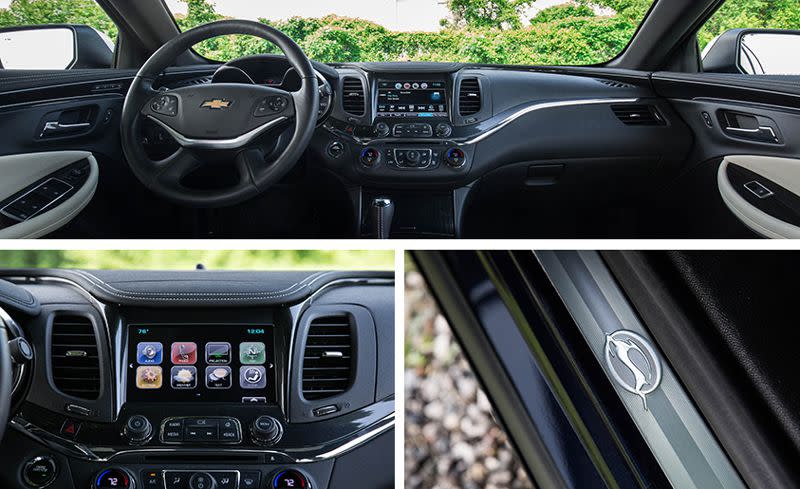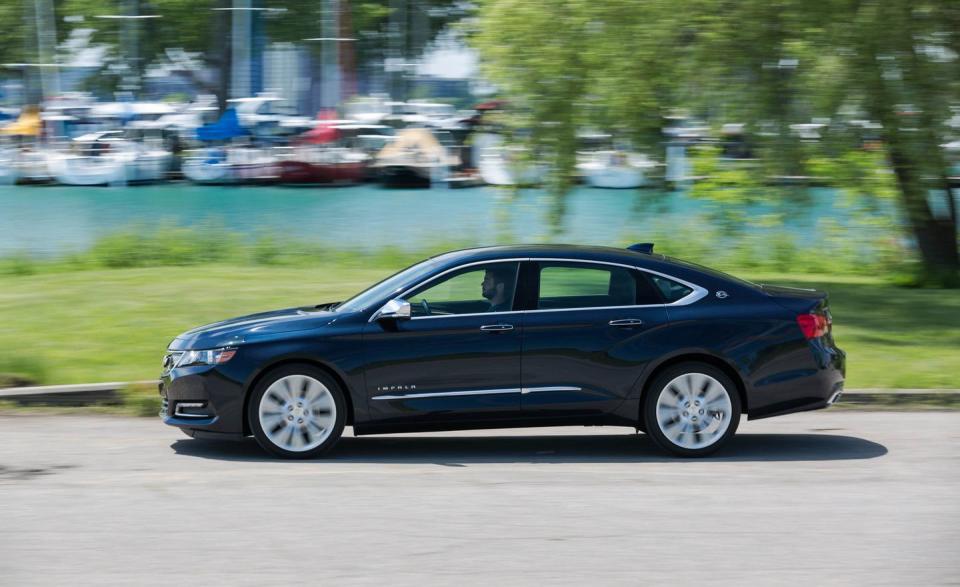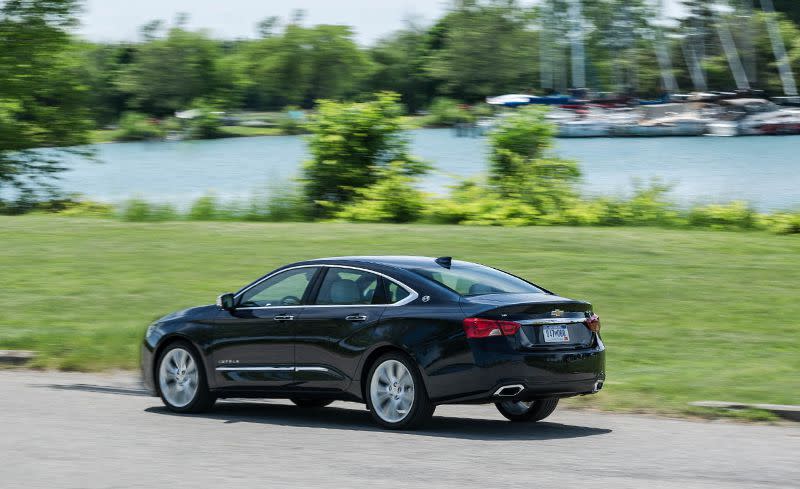Far Different, Yet Somehow the Same: 2018 Chevy Impala V-6 Tested
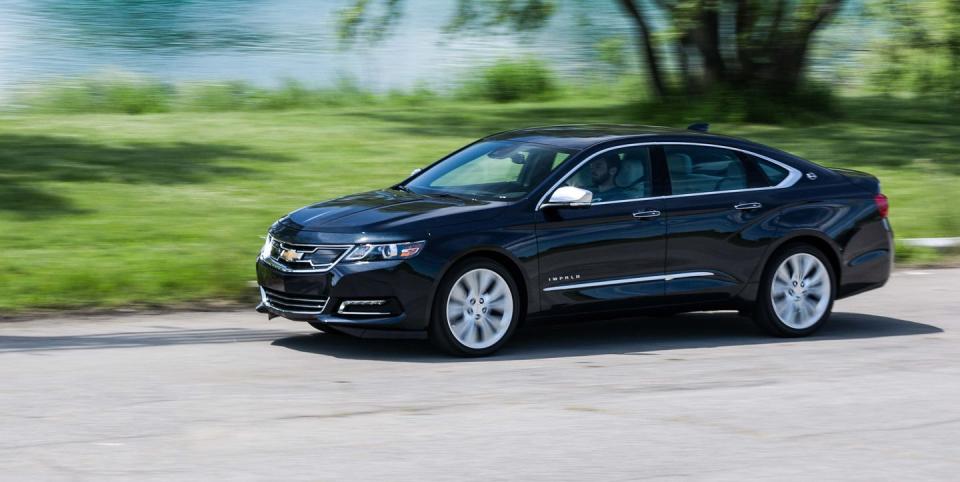
“The more things change, the more they are the same.” Jean-Baptiste Alphonse Karr wasn’t thinking about the automobile industry when he penned his famous epigram. The French journalist was remarking on the political climate of his times, and in 1849 the dawn of auto industry lay almost four decades away.
Nevertheless, Monsieur Karr’s observation could be applied to the contemporary Chevrolet Impala, which has changed significantly over the years and yet remains just what it always was.
Impala became a Chevrolet nameplate in 1958 as a Bel Air sub-brand, graduating to separate model status the following year. The debut Bel Air model was available as a coupe or convertible, but when Impala became a distinct Chevy line the range expanded to include sedans. That was near the end of the “See the U.S.A. in Your Chevrolet” era, and to understate automotive evolution, there have been a few changes over the ensuing half-century. Just a few. Nevertheless, for those old enough to remember, the 2018 Impala can be physically reminiscent of its ancestor.
Different, Yet Not
Yes, the original Impala was body on frame, whereas the current car, like all contemporary automobiles, is unibody. Yes, the original Impala was a rear-wheel-drive design; the current Impala is front-drive. Yes, the first Impala’s electronics made use of transistors; the age of the computer chip was several decades away. Also, infotainment consisted of AM radio. And, yes, in 1959, there was no EPA. That federal agency wouldn’t be established until 1970, and its fuel-economy estimates wouldn’t become the only official ratings until 1975. But with 1959 gas prices averaging about 25 to 30 cents per gallon, fuel economy wasn’t a big industry priority.
At any rate, there are obviously major differences between Impala then and Impala now. Yet, to someone who’s experienced both, there’s this haunting sense of familiarity in the character of a contemporary Impala and its ancient ancestor. Déjà vu? You could call it that, although styling isn’t part of the similarity. The 1959 model year was the pinnacle of General Motors’ obsession with tail fins, and while the most memorable example was the ’59 Cadillac, the winged Impala was almost equally uninhibited.
By 1961 the Impala’s fins had disappeared entirely, the sheetmetal was clean and crisp, and the Chevy had one of its best years in a long string of strong sales records. And it was a 1961 model that was the foundation of my powerful sense of commonality with today’s Impala. Specifically, a ’61 Impala SS hardtop coupe, owned by a buddy with whom I frequently swapped cars (my main ride at the time was a ’59 Triumph TR3).
Like the 2018 Impala V-6, that ’61 SS was slick-lovely suspension compliance, smooth ride quality, and quiet operation, at least by the standards of the day. Just a little combustion music from its 348-cubic-inch (5.7 liter) small-block V-8, which was at the time still in its developmental youth and receiving year-over-year output upgrades. The 1961 Impala SS options list also included the big-block 409, but it appeared late and didn’t really make waves until model year ’62. To most, the 348 was the hottest mill Chevy offered, and it was the engine that propelled my buddy’s car.
Sizewise, Impalas back then were considerably bigger than now, although today’s car is classified as a full-size sedan. The contemporary car is 201.3 inches long on a 111.7-inch wheelbase, while the overall length of the ’61 coupe, sedan, or convertible was 209.3 inches long with a 119.0-inch wheelbase.
There was a lot of room inside, and most models could accommodate six passengers-bucket front seats were just beginning to make an appearance in U.S. cars, although they were a far cry from the front seats of the contemporary Impala in lateral support, adjustability, and upholstery. American carmakers favored vinyl in those days. Our 2018 Impala Premier test car was kitted out with handsomely stitched black leather.
Other interior elements that have long since vanished: crank windows, manually adjusting side mirrors, and a skinny hard-plastic steering wheel with a knurled rim. Our 2018 test car had a much grippier leather-wrapped wheel that is much smaller in diameter. And heated.
It should come as no surprise that today’s electrically assisted rack-and-pinion power steering systems are a vast improvement over the hydraulic recirculating-ball setups of yesteryear (a $75 option in ’61). That said, the tactility and accuracy of the current Impala steering is some distance from the top of the charts.
Bias-Plys and Drums
The original ’58 Impala discarded the previous leaf-spring rear suspension for coils, but this didn’t really raise its agility index, and the ’61 wasn’t much different. Ride quality was cushy, but the car wasn’t eager to change direction, and attempts to achieve quick transient responses or brisk cornering provoked howls of protest from the bias-ply tires. Those tires didn’t do much for braking distances, either, and the all-drum brake system didn’t stand up to repeated hard applications-fade was easy to achieve.
In contrast, the current Impala’s grip-0.83 g on the skidpad-looks like high performance, although, as is the case for so many contemporary family vehicles, the braking distance of 174 feet from 70 mph was just so-so, and, in this case, the test driver noted heavy fade after repeated stops.
Back to dynamic similarities, then and now: power. The ’61 Impala had four engine options, the good old inline-six and three V-8s: the 283, the 348, and the new 409. The 348 was available in several states of tune, most potent among them the Special Super Turbo-Thrust V-8 (which was neither supercharged nor turbocharged; the word turbo suggested special potency to the marketing people), developing 350 horsepower and 364 lb-ft of torque when paired with a three-speed manual transmission. There were multiple transmission choices, too, including three- and four-speed manuals and two- and three-speed Powerglide automatics.
Back in the day we called them Powerslides, because they diluted the performance potential of the engine. My friend’s Impala had the two-speed, which limited output of the 348 engine to 305 horses and 350 lb-ft. The three-speed-manual version could dash to 60 mph in 6.8 seconds; the four-speed manual consumed 8.0 seconds, and the two-speed Powerglide limited the 60-mph sprint to 8.7 seconds.
Although our test Impala V-6 was a few hundred pounds heavier than its larger 1961 progenitor (due to crash-testing standards, among other contributors), and engine output ratings appear identical, the current car was much quicker in zero-to-whatever sprints. Part of this can be put down to a modern computer-controlled six-speed automatic. But most of it can be attributed to power ratings then versus now.
In the first-generation Impala’s day, horsepower ratings represented the best number flashed at the crankshaft in a bench dyno run of an engine revving with no accessories, i.e., devoid of parasitic losses associated with external drive belts or mufflers. It’s called SAE gross horsepower. Today-for some decades now, actually-official horsepower ratings are SAE net, based on dyno runs with fully accessorized engines. Thus 305 horsepower today is much more robust than the 305 horsepower of 1961.
Spare Changes
It’s clear that the contrast between the current Impala and the first-generation Impala adds up to a vast technological gulf. That gulf doesn’t get much bigger for 2018; aside from standard keyless entry and start, a couple of new options for the mid-grade LT trim, and some new colors, Chevy’s top sedan is essentially unchanged from the previous year.
Then again, how much change did this handsome, roomy family four-door need? Like its ancient ancestor, it ranks at or at least near the top of the sales charts for the full-size-sedan class. Given the shrinkage of the entire sedan segment, though, the current Impala will never achieve the sales success of the original, which ranked as Chevy’s bestseller more than once-and the top seller in the entire industry in 1965.
Admittedly, this drive down memory lane, attempting to illustrate how seat time in the current Impala inspired nostalgia in your humble narrator, may well be difficult to comprehend for drivers born after, say, the 1970s.
Perhaps this perspective will help. For most of us, music and scents (smells, if you will) are the elements that ignite nostalgic episodes. But for those who have had a lifelong love affair with motor vehicles, there are times when driving a contemporary car triggers powerful memories of an earlier era.
Usually, the memories are pleasant ones. That certainly applies to this one.
You Might Also Like

 Yahoo Autos
Yahoo Autos 